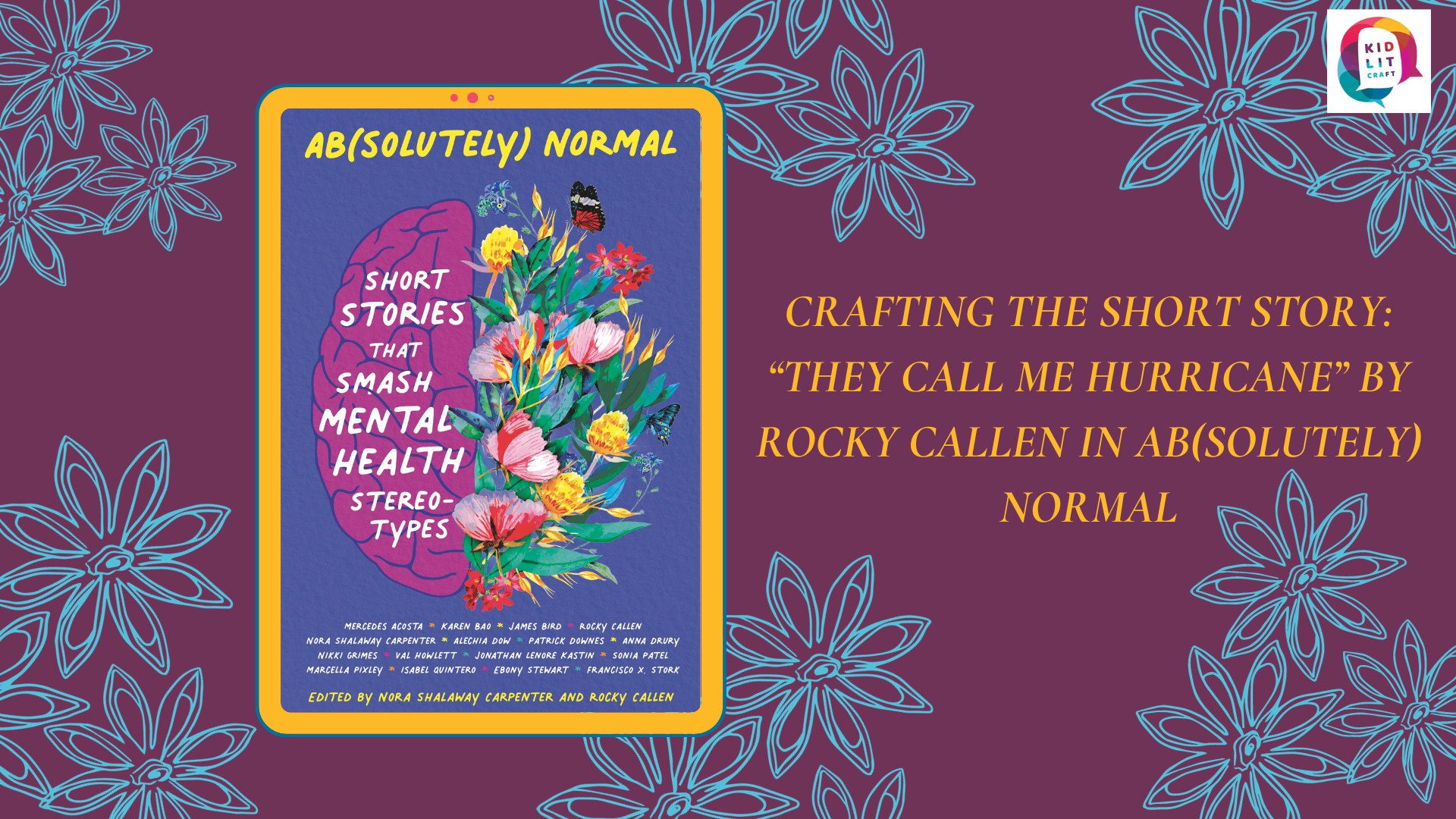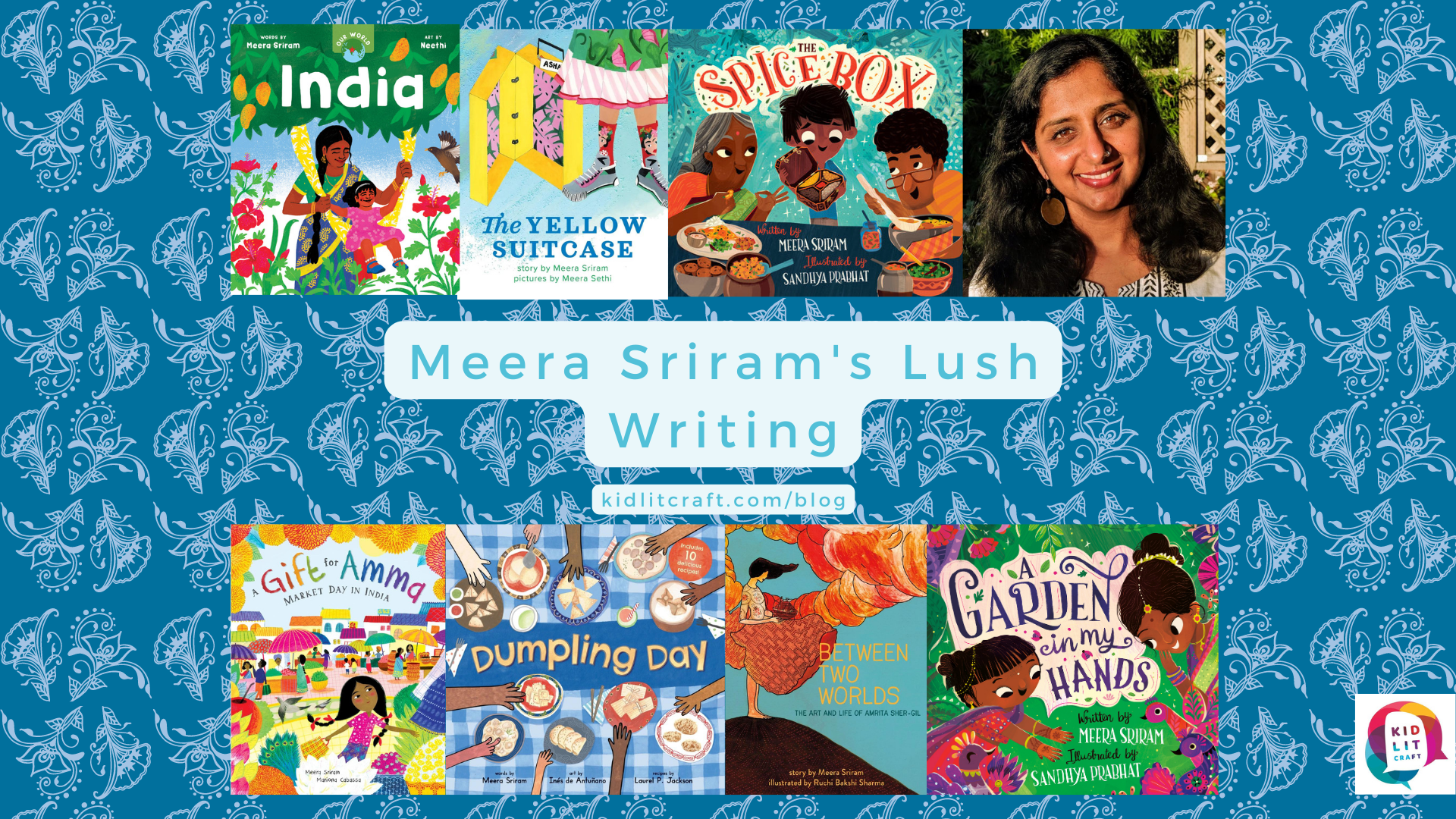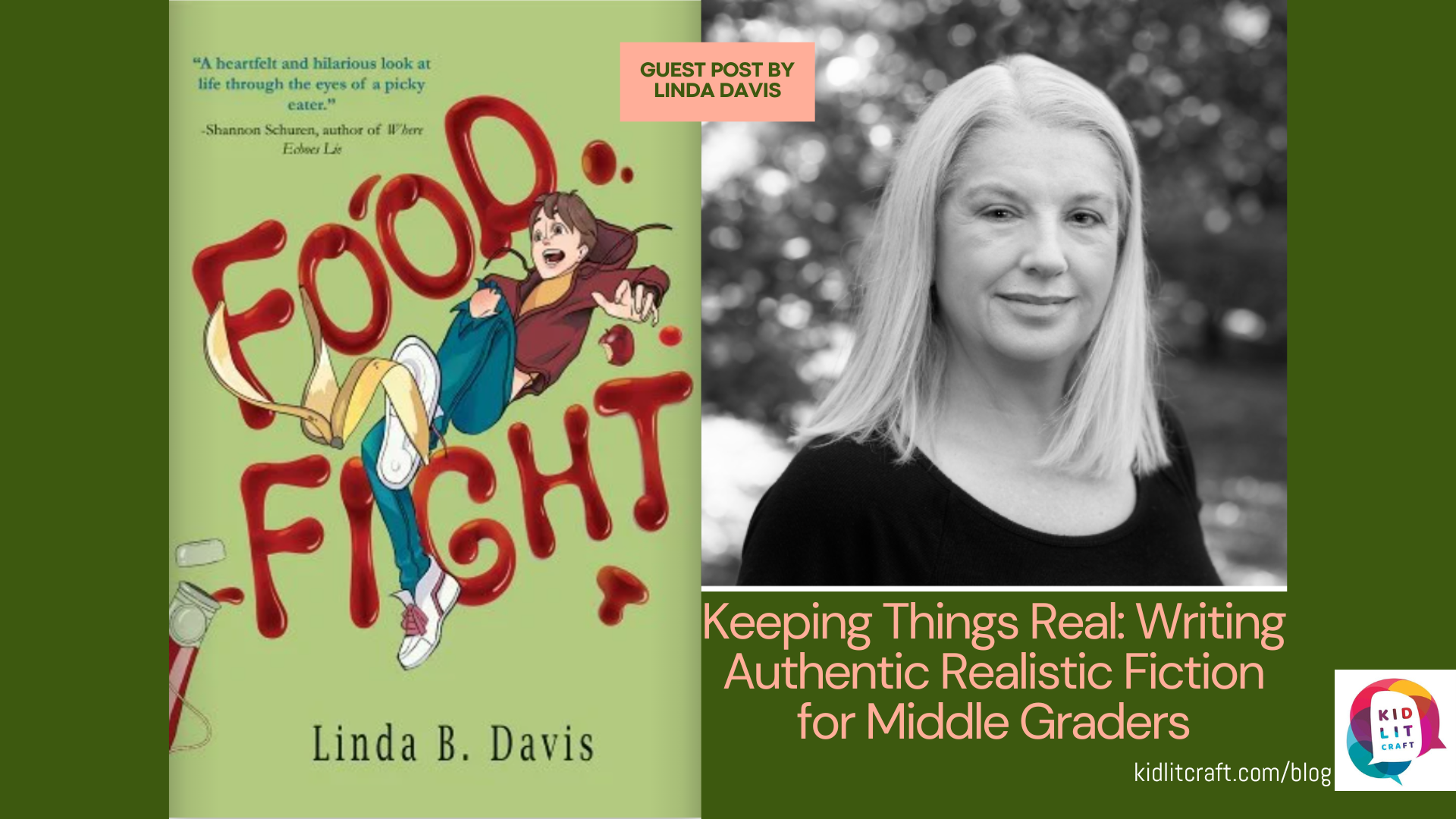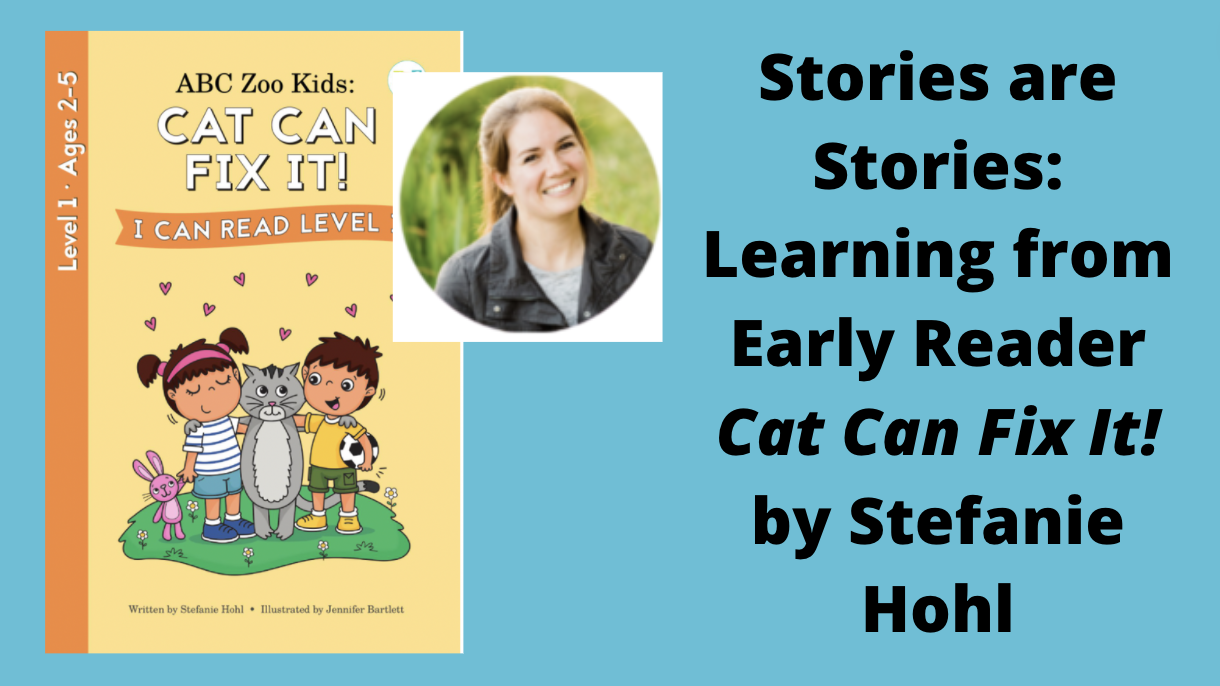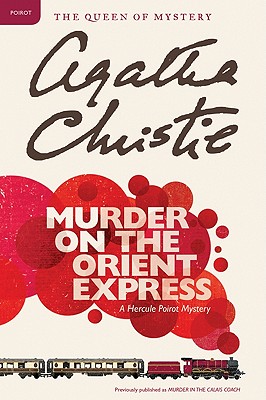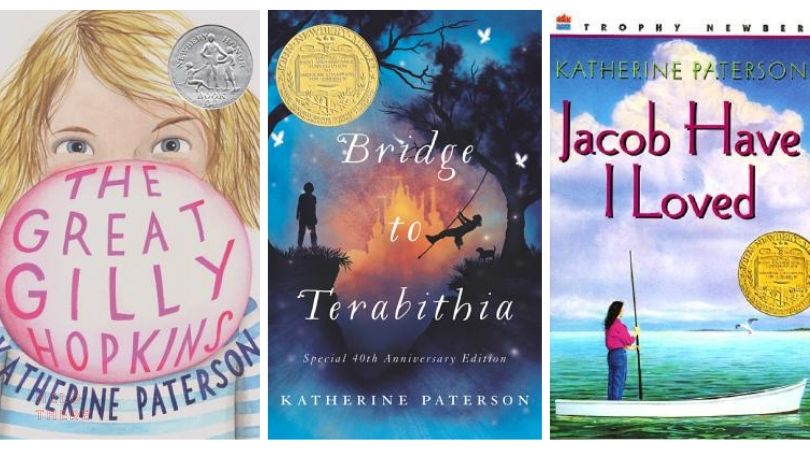hello!
JOIN US IN EXPLORING OTHERS' CRAFT AND BUILDING OUR OWN
A “button” is something that happens at the end of a scene that provides closure, a final touch that seals the deal. It can also be called a “tag” and is a final beat that can be used to close out the scene. Buttons create a satisfying ending that takes the scene just that one more notch. It can add a twist, focus our attention on a particular character or goal or theme, or emphasize an emotion.
I want to give you a sense of some things to think about as you approach writing a short story. Let’s look at Rocky Callen’s story “They Call Me Hurricane” from Ab(solutely) Normal to see how she approaches the short story form.
Meera Sriram’s picture books are a master class in evocative writing. Her superpower is making her stories feel lush, by providing a sensory and emotional experience that culminates in a satisfying payoff.
But engaging middle school readers requires more than an interesting plot—the characters and their experiences must feel authentic to and reflective of the complicated world in which the readers live.
Just because you have to use simple words doesn’t mean the story has to lack emotion or depth. It’s challenging, but early readers can still use all the elements of story—character, plot, setting, etc. In fact, looking to early readers as a model, writers in other categories can see how efficient storytelling can be without sacrificing emotional depth.
Good mysteries are fun because they keep the reader guessing. One of the most important keys of writing a mystery is writing the story so the reader can try to solve it. Nothing’s more annoying than not being given clues to solve the mystery unless those clues are so obvious that there is no real mystery to be solved. The best way to achieve both goals is to give quality clues but constantly keep the reader guessing so they don’t recognize the clues for what they are.
To find good mentor text for “tension till the bitter end,” I went directly to one of my most beloved authors—Agatha Christie. Yes, I know. She’s not a middle grade author. However, when I was in my middle grade years, I devoured her books. Surely, that counts. Plus, for a mentor text, why not go straight to the Queen of Mystery?
craft review by Anne-Marie Strohman In the last two posts in this series, on Bridge to Terabithia and on Jacob Have I Loved, we’ve seen how Katherine Paterson creates inevitable and surprising endings, in both a conventional ending (Bridge) and an unconventional one (Jacob). In both cases, the character’s emotional arc concludes, and the character’s […]
craft review by Anne-Marie Strohman As we saw in the first post of this series, on Bridge to Terabithia, an ending that feels inevitable and surprising includes a scene that cements the character’s change and shows them moving toward a future where that change sticks, and also offers a surprise, in this case a surprising […]
craft review by Anne-Marie Strohman In The Art of Fiction John Gardner repeats Aristotle’s claim that the climax of a story must be “inevitable and surprising” (172). He is cautioning writers against leaving the big moment to chance—a stray semi on the highway, or an incident of food poisoning. The same can be said of […]

